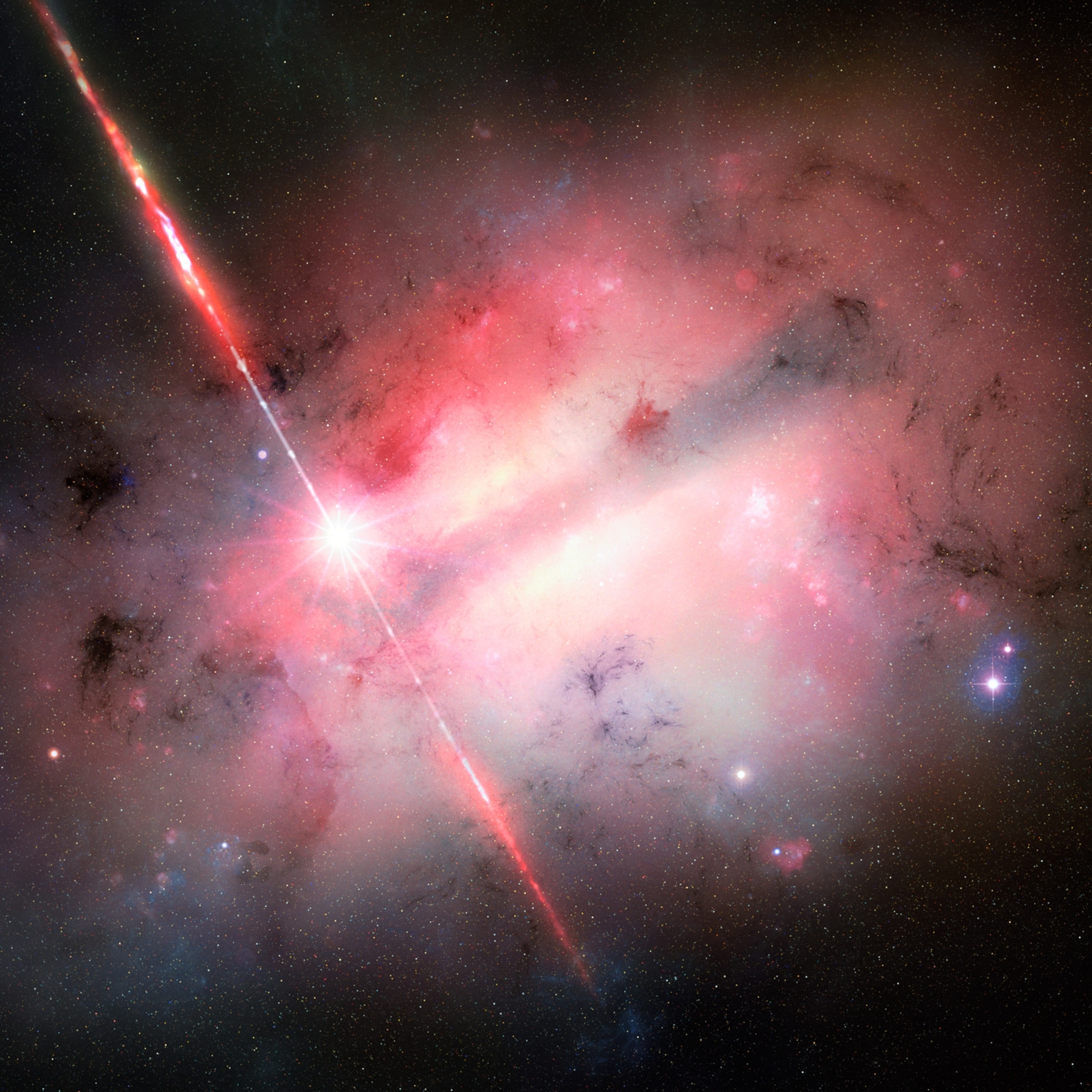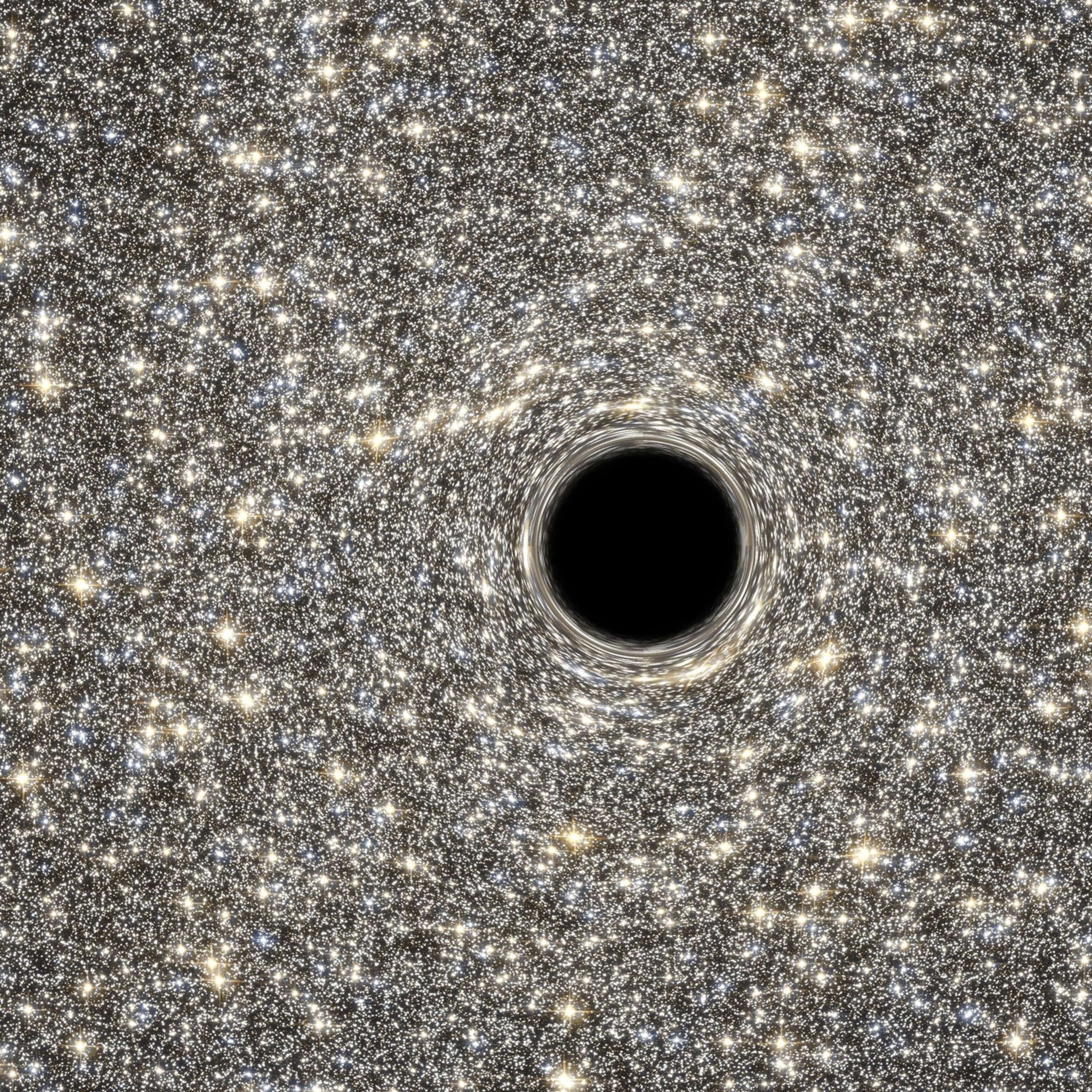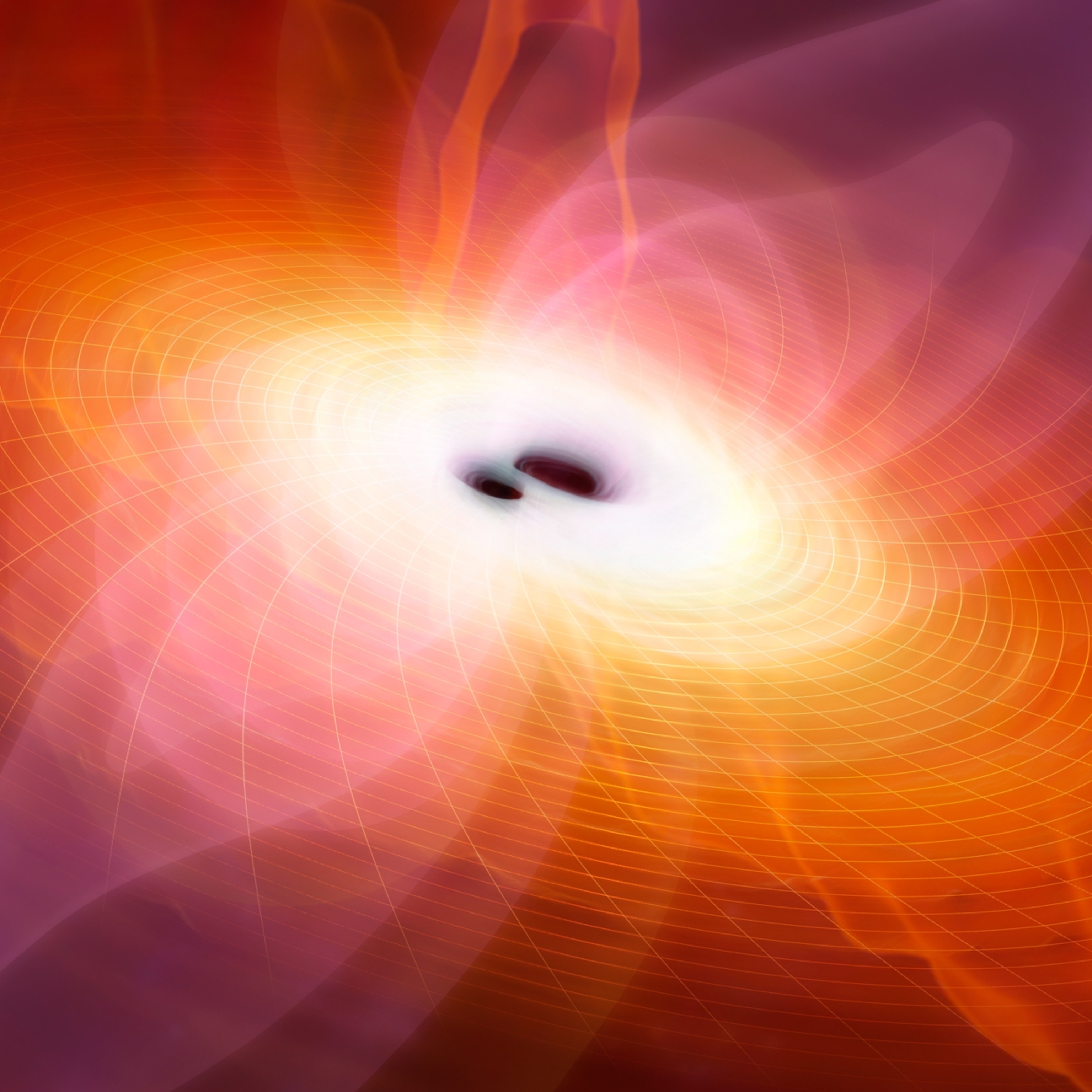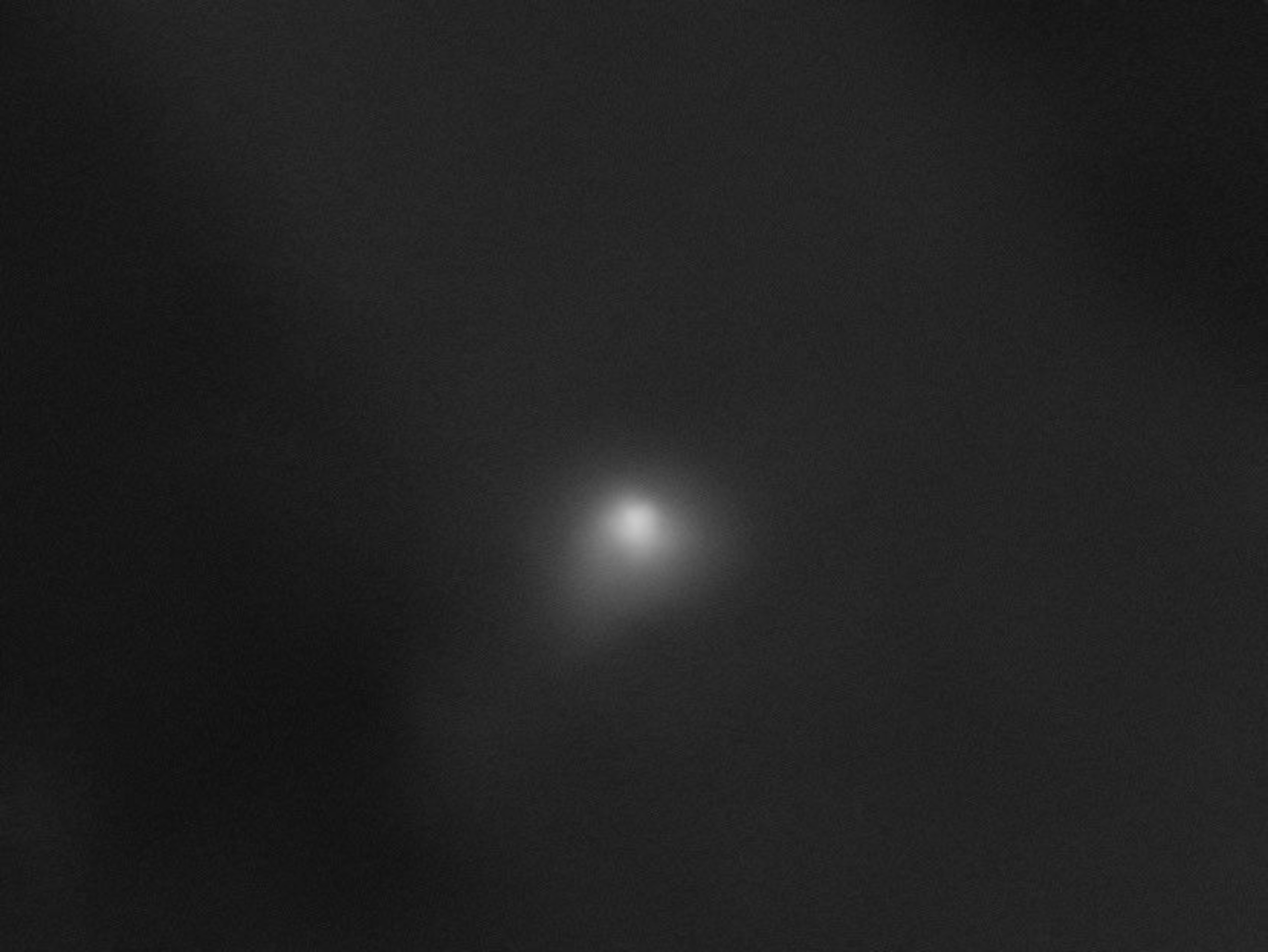
First-ever picture of a black hole unveiled
Using a telescope the size of the planet, astronomers have captured the first image of this space oddity. Here's why that matters.
More than 50 million light-years away, in the heart of a giant elliptical galaxy called Messier 87, a gargantuan beast is devouring anything that strays too near. Stars, planets, gas, and dust—not even light escapes the monster’s grasp once it crosses a threshold called the event horizon.
Today, scientists unveiled an image of that object, a supermassive black hole containing the same mass as 6.5 billion suns. Resembling a circular void surrounded by a lopsided ring of light, this landmark image is the world’s first glimpse of a black hole’s silhouette, a picture that creeps right up to the inescapable edge of the black hole’s maw.
The new image is the stunning achievement of the Event Horizon Telescope project, a global collaboration of more than 200 scientists using an array of observatories scattered around the world, from Hawaii to the South Pole. Combined, this array acts like a telescope the size of Earth, and it was able to collect more than a petabyte of data while staring at M87’s black hole in April 2017. It then took two years for scientists to assemble the mugshot.
Before now, humans could only see indirect evidence that black holes even existed by looking for stars that seemed to orbit bizarre objects, by capturing radiation from the superheated matter swirling into them, or by seeing the extremely energetic jets of particles launched from their tumultuous environments. (Recently, astronomers caught their first glimpse of what seems to be a star becoming a black hole.)

“We’ve been studying black holes for so long that sometimes it’s easy to forget that none of us has ever seen one,” National Science Foundation director France Cordova said today during a press conference announcing the team’s achievement, held at the National Press Club in Washington, D.C.
“We are delighted to be able to report to you today that we have seen what we thought was unseeable,” added project director Shep Doeleman of the Harvard-Smithsonian Institute for Astrophysics. “What you are seeing is evidence of an event horizon … we now have visual evidence of a black hole.”
Six papers published today in the Astrophysical Journal Letters describe the observational tour de force, the process of achieving it, and the details that the image reveals. One of the chief takeaways is a more direct calculation of the black hole’s mass, which tracks closely with estimates derived from the motion of orbiting stars. The data also offer some hints about how some supermassive black holes manage to unleash gargantuan jets of particles traveling at near light-speed.
“It’s truly remarkable, it’s almost humbling in a certain way,” Doeleman says. “Nature has conspired to let us see something we thought was invisible.”


Orange on the moon
The Event Horizon Telescope initially set out to snag an image of the supermassive black hole at the core of our galaxy, the Milky Way. Called Sagittarius A*, that black hole is relatively puny compared to M87, containing the mass of just four million suns. Because M87 is one of the nearest, biggest black holes, the team also decided to aim the telescope there, hoping to eventually compare the two bruisers.
Seeing into the heart of our galaxy turned out to be a bit more complicated than staring down the barrel of a black hole in the next galaxy cluster over, which is why M87’s portrait is out first.
Rather than being a single snapshot, like the many spectacular photos taken by the Hubble Space Telescope, the EHT‘s image is the product of a process called interferometry, which combines observations from multiple telescopes into one image. When separate dishes simultaneously observe the same target, scientists can collate the observations and “see” an object as though they’re using one giant dish that spans the distance between those telescopes.
Stunning Pictures of Space and Its Wonders
To resolve these supermassive black holes—which are tiny compared to their surrounding galaxies—the consortium needed to harness the power of radio telescopes all over the planet. In the end, six observatories in Mexico, Hawaii, Arizona, Chile, and Spain aimed their eyes into sky and stared at M87, which is the biggest galaxy in the center of the Virgo cluster. Functioning as one Earth-sized telescope, the network can resolve objects just one-ten thousandth the angular size of what Hubble can see.
“What we’re trying to image is really, really small on the sky,” says Caltech’s Katie Bouman, a member of the EHT imaging team. “It’s about the same size as if you were trying to take a picture of an orange on the moon.”
For several days, the team observed M87 in short radio wavelengths, because radio waves can pierce the murky shrouds of dust and gas surrounding galactic centers. During that observing run, which also included targets other than M87, the team gathered so much data—five petabytes—that the only reasonable way to transfer it was by shipping actual hard drives, rather than sending it digitally.
“Five petabytes is a lot of data,” says team member Dan Marrone of the University of Arizona. “It’s equivalent to 5,000 years of MP3 files, or according to one study I read, the entire selfie collection over a lifetime of 40,000 people.”
Then, because combining observations from different observatories is no simple task, four teams processed the data independently, using different algorithms and testing it against different models. In the end, the images each team produced were very similar, suggesting that the observations are robust and that the final snapshot is the most accurate possible. To be sure, it looks almost indistinguishable from simulations the team had produced in the years leading up to its release.
“It’s almost scarily as we predicted,” says EHT team member Sera Markoff of the University of Amsterdam. “I kept pulling it up on my phone at odd hours and looking at it.”
Soon, the team plans to share an image of the supermassive black hole nearest and dearest to Earth—but just because Sagittarius A* is closer, don’t expect it’s picture to look much sharper than the one they’ve already got.
“M87 is about two thousand times farther away, but its black hole is about two thousand times bigger,” says Lord Martin Rees of the University of Cambridge, who is the U.K.’s astronomer royal. “They’re the same angular size on the sky.”
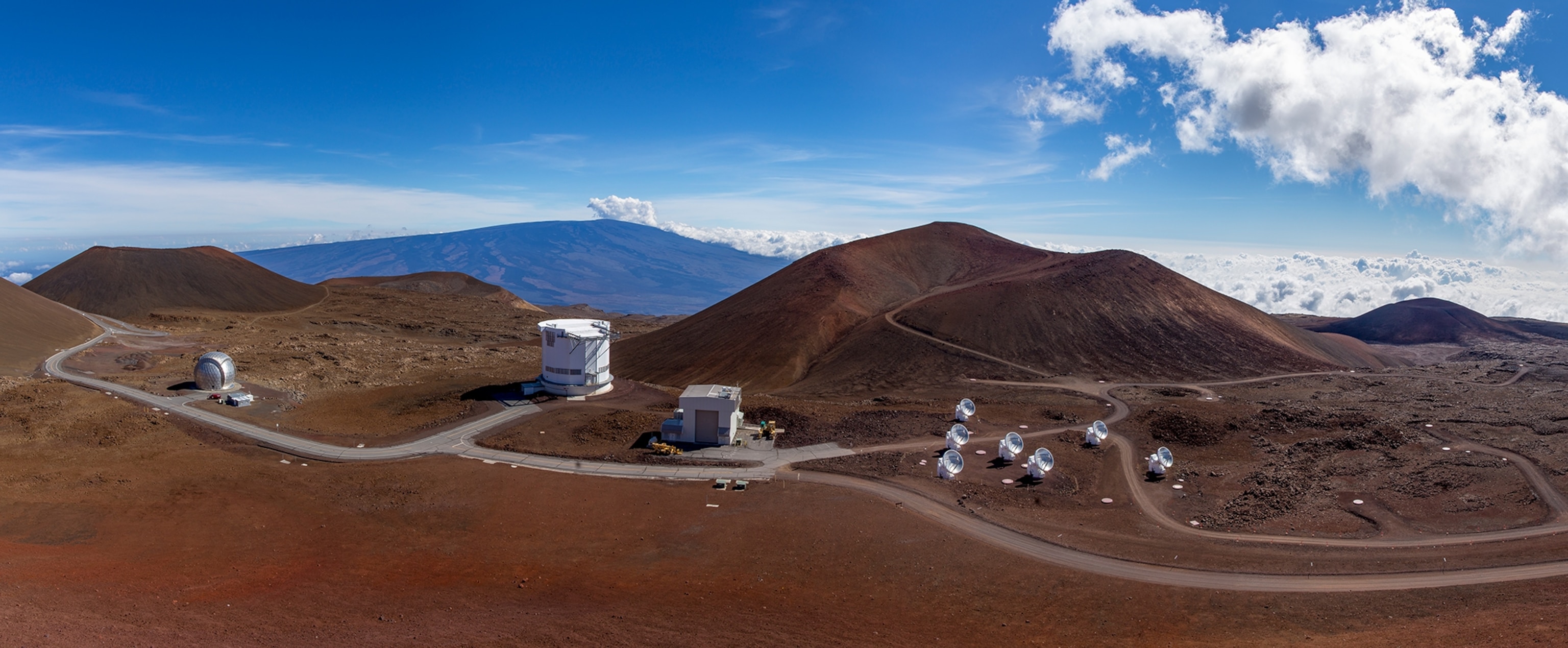
6.5 Billion Splendid Suns
With the image in hand, scientists can now start to probe some of the deeper mysteries of the physics of black holes, including confirming their foundational underpinnings.
“What we’d really like to know from these observations is, are the properties of these black holes really what we expect if Einstein is right?” Rees says.
So far, it’s looking like Einstein was right—sort of. Although the famed physicist was skeptical that black holes even existed, solutions to his equations for the general theory of relativity, which he published in 1915, predicted that if the extra-massive objects populated the universe, they should be spherical, resembling a dark shadow embedded in a ring of light.
Insatiable Force

M87
In 1781, astronomer Charles Messier discovered a bright spot in the constellation Virgo now known as Messier 87, or M87, a galaxy 55 million light-years away that contains several trillion stars. A very compact source of radio waves lies at the galaxy's heart: a supermassive black hole estimated to weigh some 6.5 billion suns.
1. The Singularity: According to Einstein’s equations, at the center of a black hole a star’s entire mass has collapsed into an infinitely dense, dimensionless point called a singularity. Singularities likely don’t really exist but point to a mathematical hole in our understanding of gravity.
2. Event Horizon: Extending at least seven billion miles around the supermassive black hole in M87, this is the boundary beyond which not even light cannot escape.
3. Static Limit: A black hole’s spin can twist space, speeding or slowing matter orbiting nearby. The static limit is the orbit where objects traveling at light speed against the black hole’s spin seem to stand still.
4. Accretion Disk: A whirling disk of superheated gas and dust likely spins at near light-speed around the M87 black hole. The disk emits heat, radio noise, and huge x-ray flares—some of which stretch more than a hundred thousand light-years long.
5. X-Ray Jets: For more than a century, astronomers have spotted a “straight ray” jutting from M87. The towering jet forms as superheated gas swirling around the central black hole gets shot out along intense magnetic field lines. As electrons spiral along these lines, they generate radiation across many wavelengths, from radio to x-rays.
M87’s image matches that prediction, although the ring of light is a bit uneven, making it look like a bulgy donut. Still, that’s to be expected. Matter swirling around a black hole forms a glowing disk, and since part of that disk is moving toward us, it causes part of the circle to be a bit brighter.
“The whole thing’s moving, so some part of it should be beamed toward you—this is what they got wrong in Interstellar!” Markoff says, referring to the artist’s depiction of a supermassive black hole in the 2014 film. “There’s something very confronting about seeing this image and realizing you’re looking into some sinkhole in space-time,” she adds.
Based on M87’s event horizon, the team also measured its mass to be roughly 6.5 billion suns, placing it well within indirect estimates derived from the motions of orbiting stars. Problematically, though, that mass estimate is much larger than the number derived from the motion of orbiting gas, which is the easier, more commonly used technique when trying to weigh a black hole. But if that method isn’t exactly working, it’s time for scientists to figure out why.
“We’re scaling up the kinds of galaxies we can reach with gas dynamics, so it’s probably a really critical time to get that technique calibrated properly,” says astrophysicist Jenny Greene of Princeton University.
But while the new data helps with figuring out the black hole’s mass, it’s a bit trickier for the team to say exactly how far M87’s event horizon extends. Just as shadows or silhouettes often have fuzzy edges, so does the dark circle in the new image. Its exact width depends on a number of parameters that aren’t yet known, such as how fast the black hole is spinning and its exact orientation in space.
It’s likely that if the black hole were parked in our solar system, its event horizon would stretch far beyond the orbit of Pluto, perhaps extending more than 120 times the distance from Earth to the sun.
Curiously enough, that means you could walk right across M87’s event horizon and not even feel it—the black hole is so big that space-time is barely curved at this point. There, the pull of M87’s immense gravity would be the same across your body, from your head to your toes. But as you fell in closer, the curvature would intensify until you’re ultimately ripped into vertical, spaghettified strands (you would definitely notice that, and it would start to get uncomfortable much earlier).
Jet setter
No one really knows what, if anything, is at the core of a black hole, called the singularity. This puncture in the very fabric of the universe is surrounded by a curved, exotic expanse of space-time from which nothing escapes.
However, the new image should help astronomers hoping to understand more about the outside of M87, especially its fountains of extremely energetic particles traveling at nearly the speed of light. Spanning about 4,900 light-years, M87’s visible jet is one of the more eye-catching spectacles in the nearby universe.
A black hole blasting matter into space might sound paradoxical, given that they generally tend to inhale matter, but these exotic objects are nothing if not baffling.
“It seems like they are just as good at pushing material away—jets, winds, and outflows—as they are at collecting material,” says Daryl Haggard of McGill University, noting that scientists really have no clear idea about how black holes actually power jets.
Seeing the interface between light, matter, and M87’s event horizon might help scientists work out this enigmatic process. Multiple observatories previously aimed their eyes at the black hole and tried to untangle the engine behind its jet, studying it in wavelengths spanning the electromagnetic spectrum.
Such jets seem to originate from the disk of matter swirling around the event horizon, in a region called the ergosphere, Markoff says. Here, space-time never stands still and is perpetually rotating. It’s an environment characterized by intense magnetic field lines, gases heated to millions of degrees, and particles zipping around almost impossibly quickly. Interactions between those elements on microscopic scales somehow unleash the enormous power contained in the jets.
By comparing M87’s relatively active jet with eventual images of our own galaxy’s dormant black hole, Markoff says, “we can better understand the ebb and flow of the influence of black holes in the long course of our history of the universe.”













































